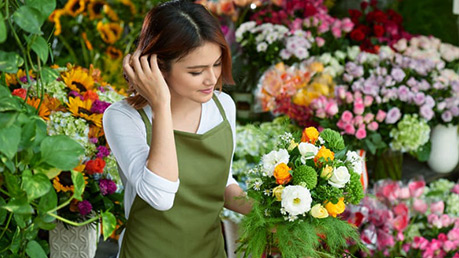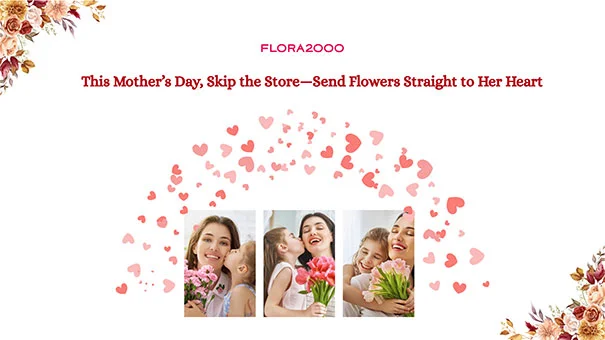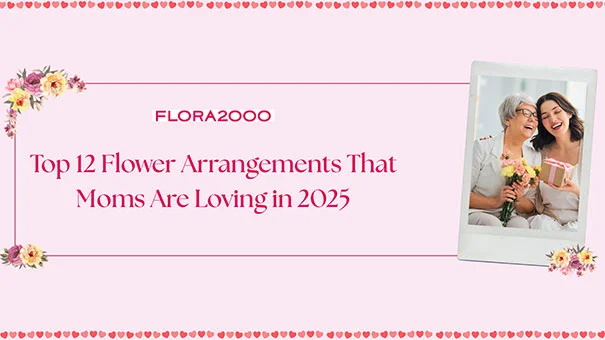
Seasonal Japanese Flowers to Cheer up Your Special One

Many flowers from Japan have beautiful and sacred meanings, all bringing their own purpose to people who admire them. Japanese flowers are available in varied shapes, sizes and colors. Japanese recognize the wonder of their flowers and also the country consists of unimaginable numbers of gardens for the general public to relish. Send handcrafted floral arrangements in Japan to make occasion special and memorable.
As mentioned, Japanese flower meanings are important to the culture. We’ve noted the meanings behind every flower, where you’ll be able to find them, and also the time of the year each of these flowers blooms. Every flower is exclusive in its appearance and symbolism, therefore you’re certain to have good time learning about all.
Himawari (Sunflowers)
This Japanese helianthus appearance terribly the same as different helianthus varieties. The Himawaris typically grow in massive fields, giving the looks of a massive sea. there’s even a helianthus competition (Himawari Matsuri) that a lot of attend to admire the wonder of those sunflowers.
Meaning: Adoration, loyalty and longevity
Where you’ll be able to notice them: Hokuryu, Ezo Island, Furano Flower Fields
Blooms: Summer
Tsubaki (Camellia)
Camellias are evergreen shrubs or little trees with shiny, dark green leaves. The flowers of the bush are massive and might vary in color from red to pink. Every flower encompasses a cluster of yellow stamens.
Meaning: Humility, discretion and ideal love
Where you’ll be able to notice them: on the coast of Southern Japan
Blooms: Spring
Ume (Japanese Apricot)
The flowers of the Japanese apricot are improbably scented, smelling like sweet honey. They’re edible and bonsai appropriate, making up for gorgeous houseplants. The flower buds are dark pink however fade to a pale pink once fully mature.
Meaning: magnificence, fidelity and pure heart
Where you’ll be able to notice them: normally seen through the gardens of Japan
Blooms: Early Spring
Asagao (Morning Glory)
As the name says, the vine solely blooms in the cool, breezy mornings. The bottom of the plant consists of green shrubbery, and also the leaves are cordiform. The flowers look tie-dyed with blue and white streaks.
Meaning: temporary love and bond of affection
Where you’ll be able to notice them: Japanese gardens of urban center (Sakai)
Blooms: Summer to Early Autumn
Kaneshon (Carnation)
Carnations are a sweet image of affection, each in Japan and across the world. They’re usually given and received as caring gifts to close relatives and important others. Carnations are available in a couple of colours and might even be dyed.
Meaning: Love
Where you’ll be able to notice them: normally seen through the gardens of Japan
Blooms: Late Spring to June 21
Ajisai (Hydrangea)
Hydrangeas are a beautiful gift to convey your feeling for somebody United Nations agency has recently done you a favor, or simply as a result of. This flower is understood for dynamic color in step with the acidity of the soil, however is sometimes found as indigo blue.
Meaning: Apologies and feeling
Where you’ll be able to notice them: Nabana No Sato Park
Blooms: Spring to Autumn








